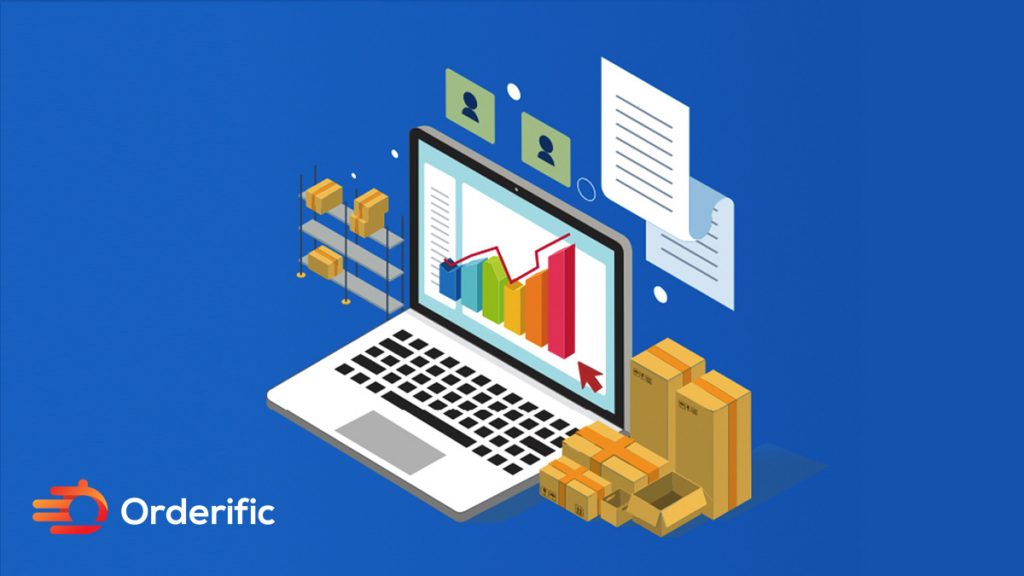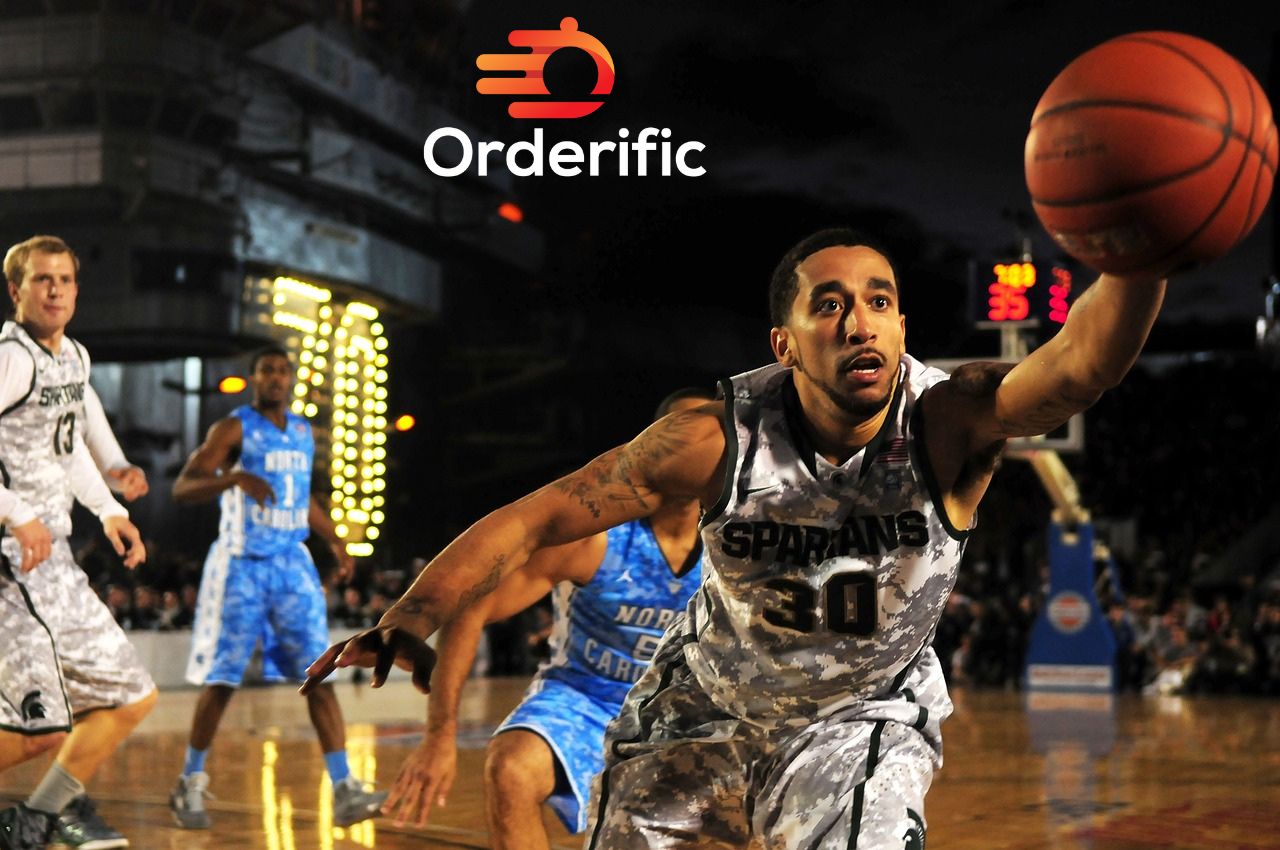With the continuous advancement of technology, the role of sports analysts is poised to undergo a transformative evolution. One area where these professionals will play an increasingly important role is data analytics and reporting within sports facilities. By 2024, we can expect sports analysts to be utilizing innovative technologies to help coaches and athletes maximize their performance. The world of sports facilities will undergo a revolution with the integration of data analytics and reporting. No longer will decisions be based on subjective observations, but instead, evidence-based data will drive decision-making. From equipment maintenance to game schedules, every aspect of running a sports facility will benefit from the utilization of data analytics.
What is Sports Analytics?
Sports analytics use of data and statistical analysis to gain insights and make informed decisions in sports. Data analytics entails gathering, organizing, and analyzing extensive datasets to uncover valuable patterns and trends. Insights enhance team performance. Analytics in sports facilities optimize operations and elevate customer experiences. By analyzing data from sensors and equipment, managers can identify potential issues before they become major problems. That allows for more efficient maintenance and reduces downtime, ensuring that facilities are always in top condition for athletes and visitors.
The application of data analytics extends to several facets of sports facilities, with customer experience being a prominent domain encompassing aspects ranging from ticket sales to facility usage.By analyzing data on ticket sales, managers can identify popular events and adjust pricing accordingly. They can also monitor visitor traffic within the facility, identifying peak hours and efficiently allocating resources. Analytics not only enhances customer satisfaction but also maximizes revenue for the establishment. Another area where data analytics is beneficial is in optimizing operations. Managers can boost efficiency by analyzing energy consumption, maintenance costs, and equipment usage. That helps identify areas for improvement and can lead to cost savings and a more sustainable operation.

Challenges of Implementing Data Analytics in Sports Facilities
While the benefits of data analytics in sports facilities are clear, there are some challenges that managers may face when trying to implement it. One of the main challenges is the availability and quality of data. Managing and consolidating extensive data sets can be laborious, especially when using disparate systems within the facility. Additionally, ensuring that the data is accurate and reliable is crucial for making informed decisions.
Another challenge is the cost of implementing data analytics, which involves investing in tools and software for data gathering and analysis are recruiting skilled personnel for interpreting the collected information. However, the long-term benefits of improved operations and customer satisfaction outweigh the initial costs.
Conclusion
In conclusion, data analytics is a valuable tool for sports facilities looking to improve their overall performance and customer experience. By utilizing data from various sources, managers can make better decisions for cost savings, efficiency, and customer satisfaction. While there may be challenges in implementing data analytics, the benefits far outweigh them. With advancing technology, data analytics in sports facilities is becoming increasingly crucial for modern facility management. So, don’t wait any longer and start exploring the world of sports analytics for your facility today!
Why is Data Analytics in Sports Useful?
Data analytics is crucial in modern sports for multiple reasons. It enables objective evaluation of player performance and team strategies. ICoaches and analysts can make informed decisions by relying on data instead of solely relying on subjective opinions or gut feelings. This allows for better decision-making through the utilization of objective information.
Secondly, data analytics provides a competitive edge. In today’s sports industry, every small advantage counts, and the use of advanced technology and data analysis gives teams an edge over their competitors.
Lastly, data analytics allows for better resource management. Managers can enhance overall team performance by meticulously analyzing data on player injuries, training methods, and team schedules. This allows them to optimize resources and make informed decisions that drive success. This also applies to sports facilities, where data can be used to make informed decisions on operations and maintenance, leading to cost savings and improved customer satisfaction. While data analytics has many benefits, some challenges come with its implementation. The biggest hurdle is often the availability of high-quality data. In sports facilities, this may include issues with data collection and integration from various sources. It also requires a team of skilled analysts and experts to interpret the data correctly and make actionable recommendations.

The Future of Data Analytics in Sports Facilities
With the continuous advancement of technology, the possibilities for data analytics in sports facilities are boundless. With the use of sensors, cameras, and tracking systems becoming more prevalent, the amount of data being collected will only increase. This opens up opportunities for new insights and discoveries that can further optimize operations and enhance customer experiences.
In conclusion, data analytics is a valuable tool for sports facilities, providing insights and opportunities to improve operations, customer satisfaction, and team performance. With the continuous advancements in technology, the future of data analytics in sports facilities looks promising. By embracing this trend, managers can stay ahead of the game and achieve greater success. So let’s embrace this trend of sports analytics and unlock its full potential in the world of sports. So let’s keep exploring and using data analytics to take our facilities, teams, and games to the next level. We are just scratching the surface of what data analytics can do for sports, so let’s continue to push boundaries and see where it takes us. The possibilities are endless. So don’t wait any longer, start harnessing the power of data today!
The Development of the Sports Analytics Industry
Data analytics in sports has evolved significantly over the years. Initially, it was limited to basic statistics such as goals scored or batting averages. But with the development of technology and increased access to data, sports analytics has become more sophisticated. Today, teams use advanced software and algorithms to analyze player movements, shot accuracy, and even fan engagement on social media.**
In recent years, the sports analytics industry has also expanded beyond professional teams and into amateur and recreational sports. With the availability of affordable wearable technology, even casual athletes can now track their performance data and use it to improve their training.
Furthermore, the use of data analytics is not limited to team sports. Individual athletes in sports such as tennis or golf are also utilizing data and technology to optimize their performance and make strategic decisions. This shows the growing importance of data analytics in sports at all levels.
How Different Sports Use Analytics
Sports compete at the highest level and strive for every edge possible to win. Data analysis and analytics have now entered the world of sports, providing valuable insights into player performance, team strategy, and game trends. Sports facilities now utilize a variety of tools and technologies to collect and analyze data on everything from player movements to game statistics, giving coaches and staff an advantage in preparing for upcoming games or matches. From basketball to soccer and beyond, analytics have become a critical factor in the success of sports teams today. As this trend continues to grow, expect to see more teams and sports facilities relying on analytical insights to improve their performance and win. Different sports have unique strategies for using data analytics in their respective fields. For example:
In Soccer
Sports analysts have revolutionized the way we look at soccer games today. With the help of advanced analytics, they can analyze every pass, kick, and movement of players, and turn them into valuable insights. Coaches and team managers can then use these insights to make better decisions on field strategies and player selection. For instance, analysts can track the data on the number of times a player has sprinted or walked during a game and figure out the level of fatigue. They can also assess the effectiveness of different formations and strategies and suggest changes accordingly. In conclusion, analytics has become an integral part of modern-day soccer, helping teams improve their performance, and analysts are the driving force behind this change.
In Basketball
For decades, basketball has been a favorite sport among millions of fans globally. The game itself is filled with fast-paced action and intricate plays that keep enthusiasts on the edge of their seats. But behind the scenes, sports analysts are harnessing the power of analytics to help coaches and players gain a competitive edge. Through careful analysis of data, sports analysts can help identify player strengths and weaknesses, dissect performance patterns, and even predict outcomes. With advanced technology and software, basketball teams can track a player’s movements and calculate metrics like player efficiency rating, win shares, and usage rate, among others. All these developments ensure that basketball coaches and players receive a wealth of valuable information that they can use to their advantage.
In Baseball
In today’s world of sports, analytics plays a crucial role in decision-making for many teams. Analytics in baseball help teams gather detailed statistics about player performance, which can influence a team’s strategy, game plan, and drafting decisions. Sports analysts use data to identify patterns and trends and predict outcomes, which can help teams make smarter decisions on and off the field. Additionally, analytics have helped shape the way we view baseball, with sabermetrics becoming a staple of modern baseball stat-keeping. By turning to analytics, teams can gain valuable insights into what’s working, and what’s not, and ultimately make more informed decisions.

What Do Sports Analysts Do?
Sports analysts play a crucial role in the world of sports. They are responsible for analyzing various aspects of a game, such as player performance, game strategy, and team dynamics. Using their vast knowledge of sports and their keen eye for detail, they can provide insightful commentary that enhances the viewing experience for audiences. These analysts are often former athletes or coaches themselves, giving them a unique perspective on the game.
Their analysis is not just limited to game day, as they also conduct extensive research and prepare reports on teams and players throughout the season. Whether you’re watching football, basketball, baseball, or any other sport, sports analysts are there to provide expert analysis and keep you entertained and informed.
Data analytics has transformed the world of sports in various ways. From improving team performance to optimizing operations and enhancing customer experience, it has become an essential tool for sports teams and facilities. With the continuous development of technology and increased access to data, the influence of data analytics in sports is only going to grow stronger in the future. As fans and athletes, let’s embrace this trend and see how far it can take the world of sports. So, whether you’re a coach, athlete, or fan, keep exploring the exciting possibilities that data analytics has to offer in the world of sports.
Let’s continue to push boundaries and use data analytics to reach new heights in athletic performance and sports facility management. So, the next time you see a sports analyst breaking down a game or hear about a team implementing data-driven strategies, remember the power and potential of data analytics in the world of sports.
How to Become a Sports Analyst
If you’re passionate about sports and have a natural knack for analyzing them, then becoming a sports analyst might be the career path for you. Sports analysts apply research, data analysis, and critical thinking skills to break down team and player performance, provide insights, and make informed predictions. To become a sports analyst, you’ll need to earn a degree in sports journalism or a related field, gain experience through internships or entry-level positions, and build up a solid portfolio of writing and analysis. It’s also crucial to be well-versed in the sports industry, including keeping up-to-date with current events and trends. Pursuing this career can be challenging, but with dedication and the right set of skills, you can succeed as a sports analyst and potentially transform your love for sports into a rewarding career.
Some key skills that are necessary to become a successful sports analyst include:
Strong Analytical Skills:
As an aspiring sports analyst, it is crucial to develop strong analytical skills. Analyzing data, statistics, and trends can provide valuable insights into a game and predict outcomes. A good sports analyst should be able to break down a game, players’ performance, and strategies used by the team. Familiarity with different sports and techniques used in the games can help a sports analyst offer valuable insights to viewers. Therefore, improving analytical skills is of utmost importance to becoming a successful sports analyst. Whether it’s following the latest game or analyzing previous seasons, one should always keep an eye on sports trends and keep practicing to sharpen their skills.
Knowledge of Sports and Statistics:
Becoming a sports analyst can be a fulfilling career for those with a deep passion for sports and a keen interest in studying statistics. Having a strong knowledge base of different sports and the ability to break down game plays is essential. In addition, a deep understanding of statistics and data analysis can set one apart from the rest. Sports analysts must be able to spot trends and make predictions based on data-driven analysis. Those considering a career as a sports analyst should start by immersing themselves in various sports and honing their analytical skills. With hard work and dedication, one can become a valuable member of any sports team or broadcasting network.
Attention to Detail:
Becoming a sports analyst requires more than a passion for sports. To excel in this field, attention to detail is crucial. As a sports analyst, you will be analyzing every aspect of a game to uncover insights that provide a competitive edge. This means meticulously watching every play, every player’s movement, and every game statistic. You must also be adept at identifying patterns and trends that could be valuable to teams or broadcasters. Attention to detail will also enable you to communicate your findings accurately and clearly. Whether you’re analyzing a game, a team, or a player, attention to detail is a non-negotiable quality for success as a sports analyst.

Conclusion
In conclusion, data analytics has become an essential aspect of sports facilities. It allows for more objective evaluations of player and team performance, provides a competitive edge, and optimizes resource management. The sports analytics industry continues to evolve with advancements in technology and increased access to data. Different sports have unique strategies for using data analytics, and sports analysts play a crucial role in collecting, organizing, and interpreting data for informed decision-making. With the growing importance of data analytics in sports, it’s no surprise that there is a high demand for skilled professionals in this field. Much like Orderific, they prioritize customer experience, operational efficiency, and revenue growth. Schedule a FREE DEMO today to explore how Orderific can revolutionize your restaurant operations. Embrace the future, where technology harmonizes with tradition, and experience the incredible impact.
FAQs
How does data analytics contribute to improving performance and decision-making in sports facilities?
Data analytics allows for objective evaluation of player performance, provides a competitive edge, and optimizes resource management.
What specific metrics are crucial for analyzing the effectiveness of sports facility operations through data analytics?
Metrics such as athlete injuries, fan engagement, and player performance are crucial for analyzing the effectiveness of sports facility operations through data analytics.
How do sports facilities ensure data privacy and security while utilizing analytics for performance enhancement?
Sports facilities can ensure data privacy and security by implementing proper protocols and investing in secure data management systems.
Can you highlight examples where data analytics led to significant improvements in sports facility management?
The Boston Red Sox used analytical tools to optimize player positioning and improve their batting performance, leading them to win the World Series in 2013.













